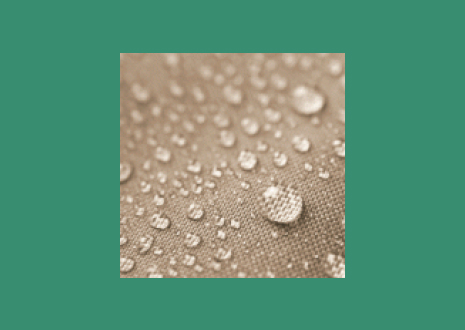Glossary

Graining is the process of creating an artificial hardwood grain on a surface.
Graining can be used on wide range of materials including non-wood surfaces such as MDF or dry wall, as well soft wood that has a small grain. Graining has very little practical use so is solely for aesthetic purposes. If done properly it can give bland, unappealing surfaces the appearance of high quality oak.
Graining is achieved by painting and glazing a surface (normally with latex paints) then using specialised graining tools such as wood grain rockers and combs to mark the paint to resemble wood grain.
Graining can be a difficult process so it might be an idea to have plenty of practice on scrap materials before attempting it on the intended product. Thankfully, however, the final appearance of the product does not have to be exact or perfect, leaving room for user error.

Air drying describes a product that naturally dries primarily because of its exposure to the air at room temperature. This is different to other products that might need heating or those that dry independently from the air. Air drying, although commonly used to describe paints, can also be used for glues, fillers and other products. […]

Absorbency refers to the degree to which a surface or marital takes in liquids. Materials with high Absorbency such as matte painted walls, plaster and untreated wood (especially softwoods) take in liquids easily. As a result, this can make them prone to staining, mould and frost damage. Materials that aren’t absorbent like plastics, treated wood, […]
Obtain Free,
No-Obligation Quotation